UPDATE: LG has announced that its QNED MiniLED TV line is being released. The line not only includes previously announced 8K models but three 4K UHD models as well. This brings both product and pricing available to more consumers.
You can see how the new models shake out in the following chart.
As you can see, the 86QNED99UPA 8K model has been out since May 2021, so check your retailer for current availability.
The 75-inch and 65-inch 8K models will be available sometime in July 2021 as will the 86, 75, and 65-inch 4K QNED 90 Series sets.

Except for resolution and any required 8K video processing support, all the TVs have the same core features, which include HDMI 2.1 with 4K HDR 120Hz Support, HDR10 Pro, Game Optimizer, AMD Freesync Premium, Bluetooth surround, Dolby Atmos decoding, WebOS smart platform, Apple Airplay 2, and built-in Google Assistant and Alexa voice control options.
On December 29, 2020 LG Electronics announced plans to release the company’s first-ever QNED Mini LED TV in a top-of-the-line 86-inch model. According to LG, QNED is an advancement in LCD technology that combines advantages of quantum dot (QLED) and NanoCell technology in one product. Although not easy for consumers to understand, it seems QNED should be better than both QLED and LG’s own NanoCell, but not better than OLED. Perhaps QNED TVs will inch closer in performance to OLED at a better price point, because LG is claiming QNED Mini LED will be the new LCD TV technology to beat.

LG further states QNED TVs produce incredibly accurate colors while the advanced mini LED backlight offers better contrast and deeper blacks for images of exceptional vibrancy and realism. LG’s 86-inch 8K QNED TV will include a backlight of almost 30,000 tiny LEDs that produce incredible peak brightness and a contrast ratio of 1,000,000:1 when paired with up to 2,500 dimming zones and advanced local dimming technology. This should result in excellent HDR image quality with outstanding contrast and blacks, a wide color gamut and incredible color accuracy for stunningly life-like images.
“Our new QNED Mini LED series is a premium home entertainment option that expands and improves the LCD TV space and gives consumers another terrific viewing choice. These TVs deliver an experience that set them apart from other LCD TVs and speak to our commitment to innovation and pushing the standard forward.”
Nam Ho-jun, senior vice president of R&D at LG’s Home Entertainment Company
Samsung is also expected to offer QNED TVs too. However, unlike LG’s LCD-based version, Samsung’s QNED technology (Quantum Nanorod Emitting Diode) has a different type of LED backlighting and does not have an LCD panel. Instead, the Quantum Dot layer also serves as the screen layer. This is causing confusion in the TV industry as the term “QNED” is being used for both LG’s and Samsung’s technologies. Samsung QNED TVs are in the prototype stage and may become available in 2023 or 2024.
Meanwhile, LG’s own OLED TVs have improved again in 2021, maintaining their lead in picture quality. Cost savings seems to be the main reason to consider QNED. Whether you choose 4K or 8K is another matter altogether. With no 8K content options available, it remains questionable why anyone should pay a premium for an 8K TV just yet.


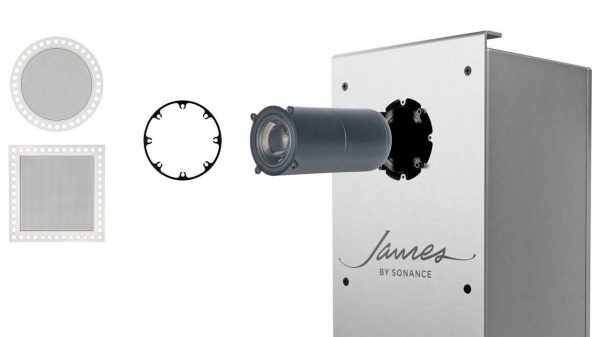
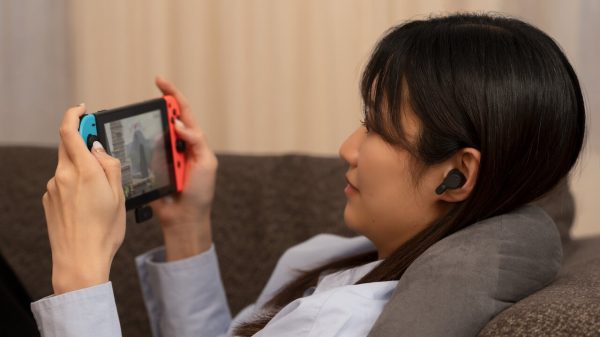

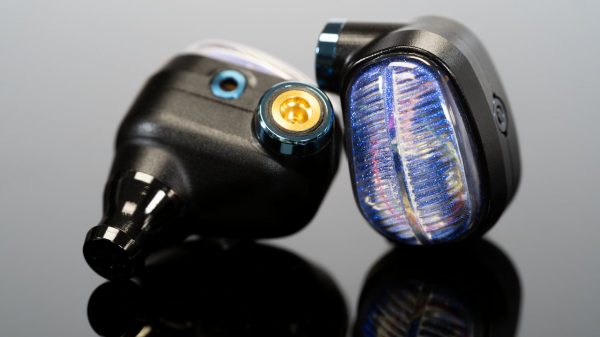

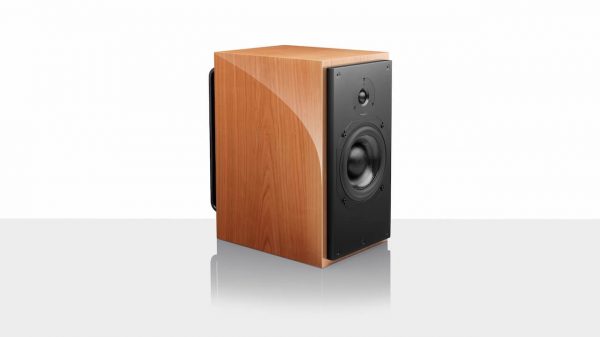








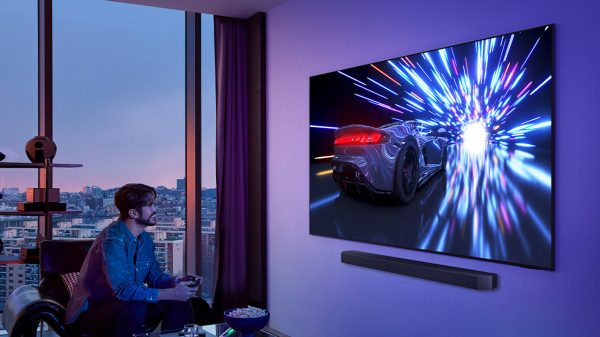



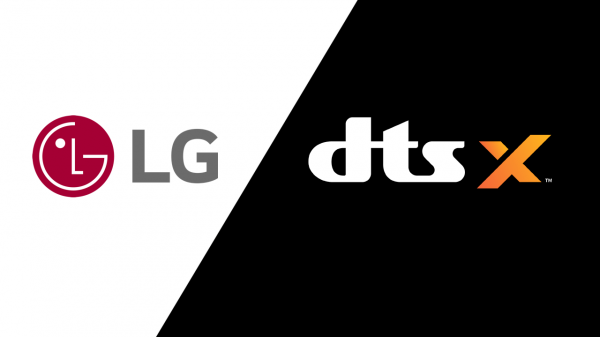


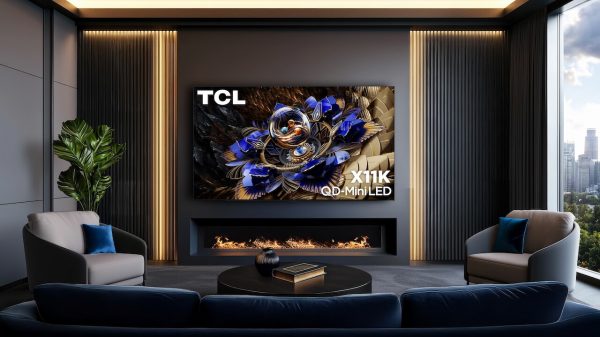

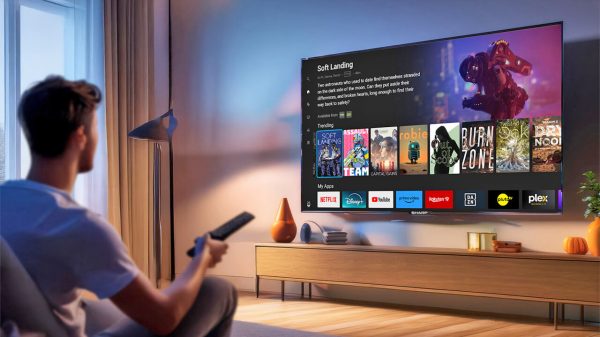













Darryl Cameron
July 3, 2021 at 3:50 pm
“With no 8K content options available, it remains questionable why anyone should pay a premium for an 8K TV just yet”.
People purchase 8K TVs without any content because they are fed-up with the mfg out for a constant money grab. They seem to love making tiny incremental changes and make it sound awesome. When I buy an 8K TV it will be so I don’t have to spend any more money for several years. That’s why my iMac is 11 years old.
Ian White
July 3, 2021 at 5:30 pm
Darryl,
Minus the upscaling, there is no reason to buy an 8K TV now at these prices. And 1st generation TVs with new tech are always going to be improved upon the following year.
I just upgraded my iMac for the first time in 6 years. New M1-iMac that is a huge improvement and it’s going to be my desktop computer for at least 5 years.
IW